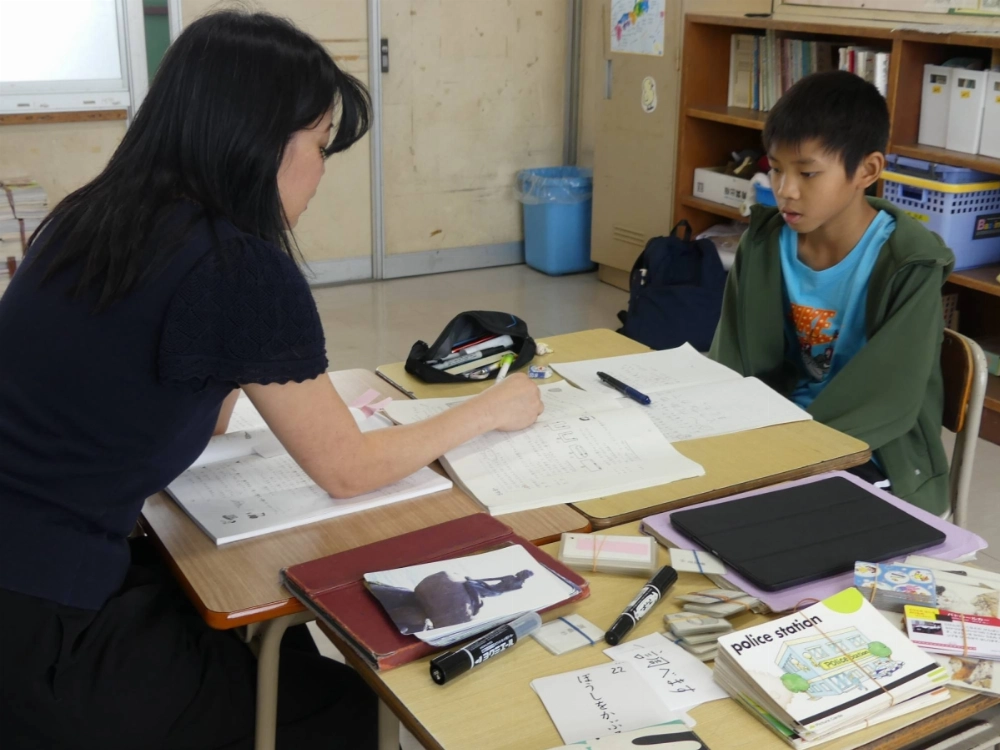Public schools in the city of Kumamoto are adapting to a surge in international students, many from Taiwan, following the arrival of Taiwan Semiconductor Manufacturing Co. (TSMC) and other semiconductor-related businesses in Kumamoto Prefecture.
TSMC opened its first Japanese chip factory, known as a fab, in the town of Kikuyo in February 2024 and is about to start construction on a second nearby. As a result, the prefecture’s Taiwanese population grew from 1,549 in December 2023 to 1,753 by June 2024.
The city of Kumamoto, where many new residents and families now live, has welcomed about 20 Taiwanese students into its public schools since April 2024. This marks a sharp increase from two or three students seen in the previous year, according to the city’s education board.


















With your current subscription plan you can comment on stories. However, before writing your first comment, please create a display name in the Profile section of your subscriber account page.